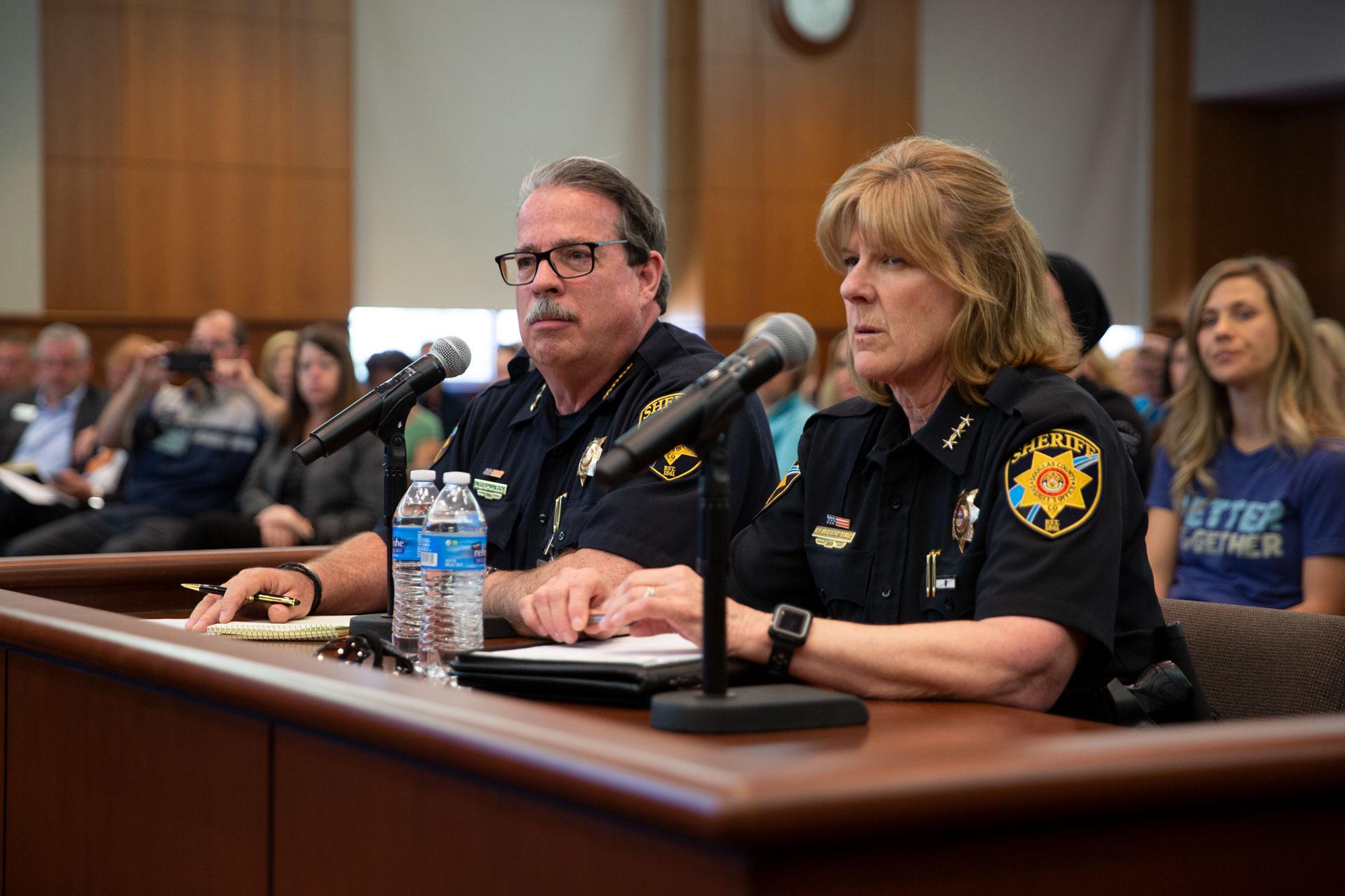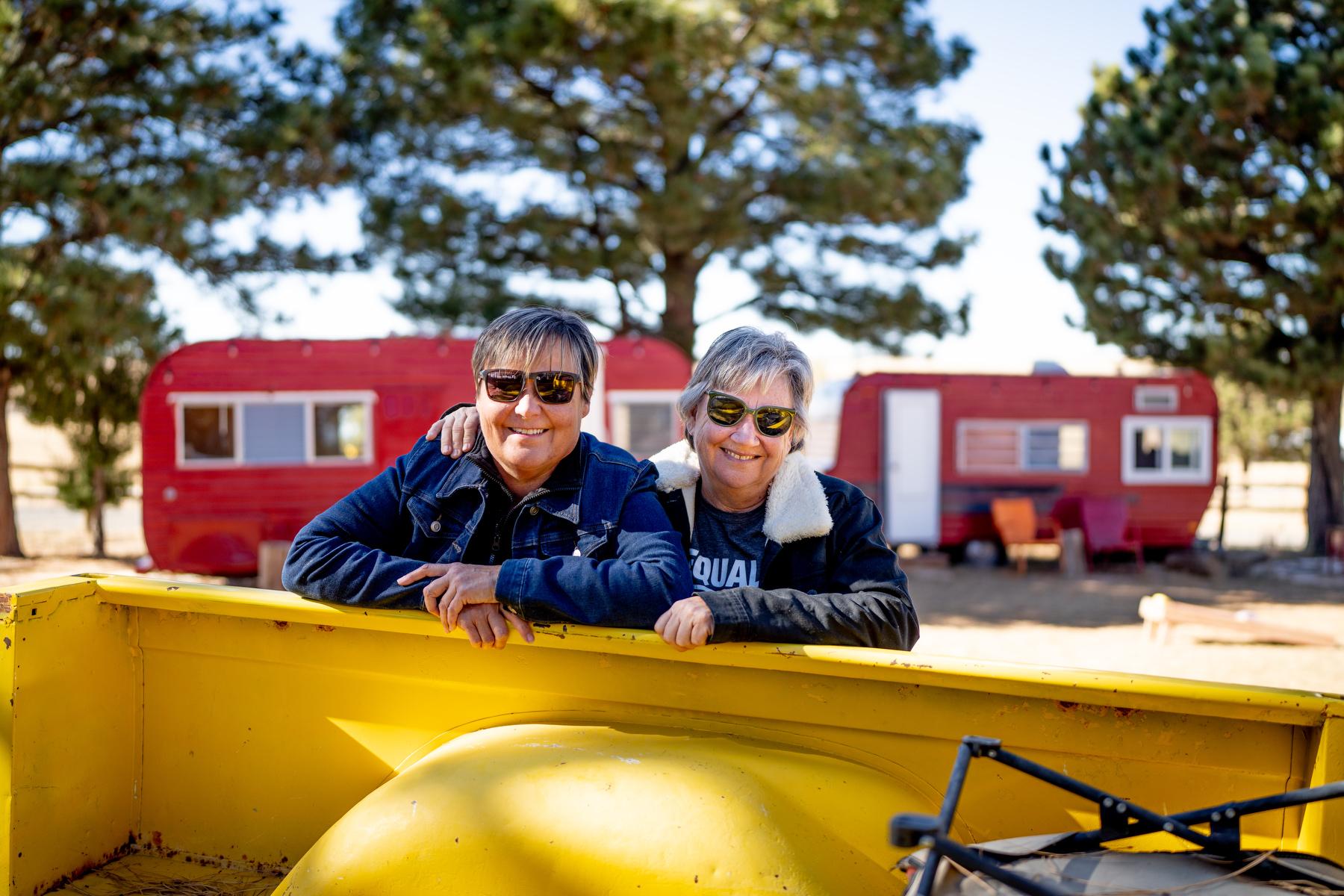
Lark Fogel has run a wedding venue on her 75-acre property with her wife for the last four years. The venue — which sits on top of a hill overlooking the Bijou Basin, a valley in eastern Colorado known for its sloping hills and wide-open plains — was a dream for the couple. It has now turned into their primary source of income.
Fogel and her wife, Janine, fear that the view their wedding venue is known for will be ruined. Instead of the wedding altar perfectly framing the Bijou Basin, it will have a new backdrop of steel towers that could rise as high as a 17-story building.
The towers will be part of the Power Pathway, Xcel Energy’s massive new transmission project designed to tap wind and solar energy on the Eastern Plains to power rapidly growing areas across the state.
Xcel Energy’s $1.7 billion investment will stretch 650 miles across a region dotted with farms and ranches. And while the utility — Colorado’s largest — hasn’t officially broken ground on the project yet, state regulators have greenlit the project. The utility has been holding community meetings as part of the local permitting process for the last two years.
Some residents in Elbert County, including many of Fogel’s neighbors, have fought against the utility’s project since it was first announced in 2021.
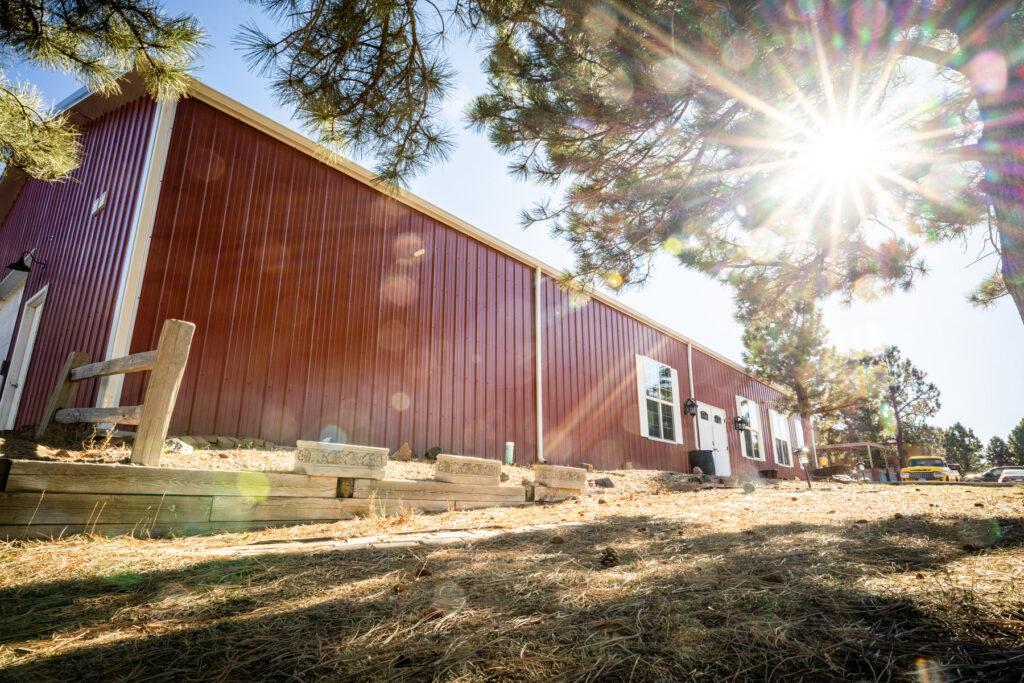

Some lawmakers in Colorado are concerned that local resistance to renewable energy projects could slow progress on the state's climate goals, which include having 100 percent renewable electricity by 2040.
An early version of a bill, obtained by CPR News in the 2024 legislative session, would have limited the ability of local governments to restrict the development of wind and solar farms and other projects like electric transmission lines.
After months of debate, the bill was amended. Gov. Jared Polis on May 21 signed a new version of the legislation that dropped the threat of state takeover of renewable energy project location authority, but residents in Elbert County say the bill does little to address their concerns about the project’s route or its impact on the region.
“I think it's an admirable aspiration,” Fogel said. “But we all know the bill was born out of an intent to avoid the hassles that go along with local resistance.”
Xcel Energy has obtained land use permits for most of the Power Pathway.
Utility representatives say landowners will receive a “one-time payment based on fair market value” for easement rights to their property.
Fogel and other landowners worry the transmission project, which is expected to be completed in 2027, will ruin the region’s views, decrease their property value, increase wildfire threat, hurt native wildlife and devastate local businesses.
Despite this, Fogel says she’s a proponent of renewable energy.
“I think it's fabulous, I'm proud that we have that much energy being produced out east and using the wind,” she said. “I just don't think it's right for a company if you don't want it on your property for them to strong-arm you and insist that they put it wherever they choose.”
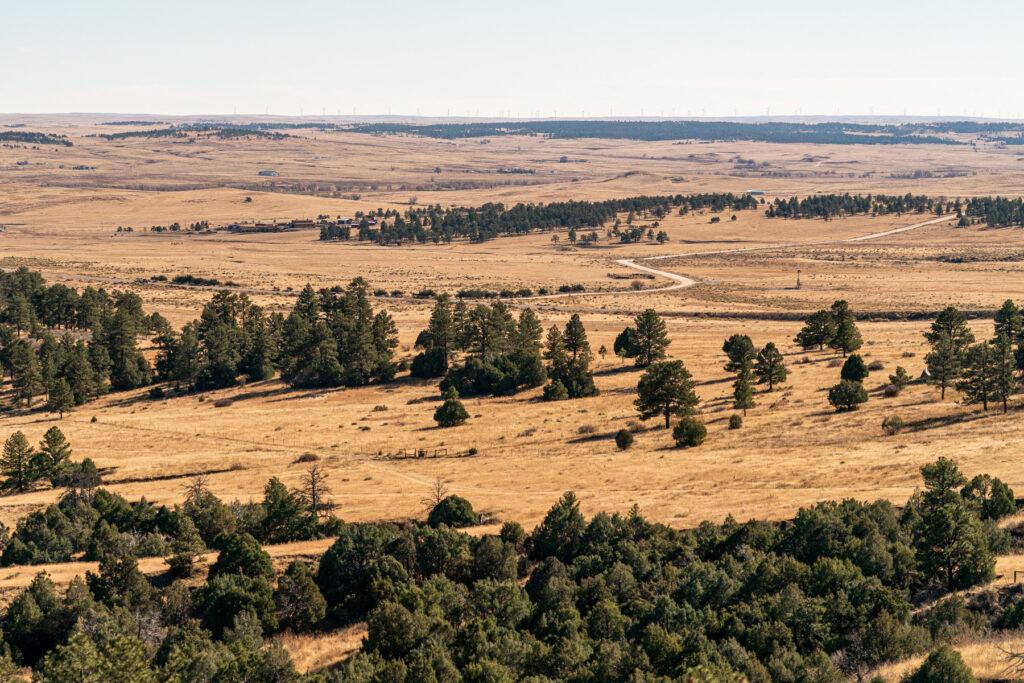
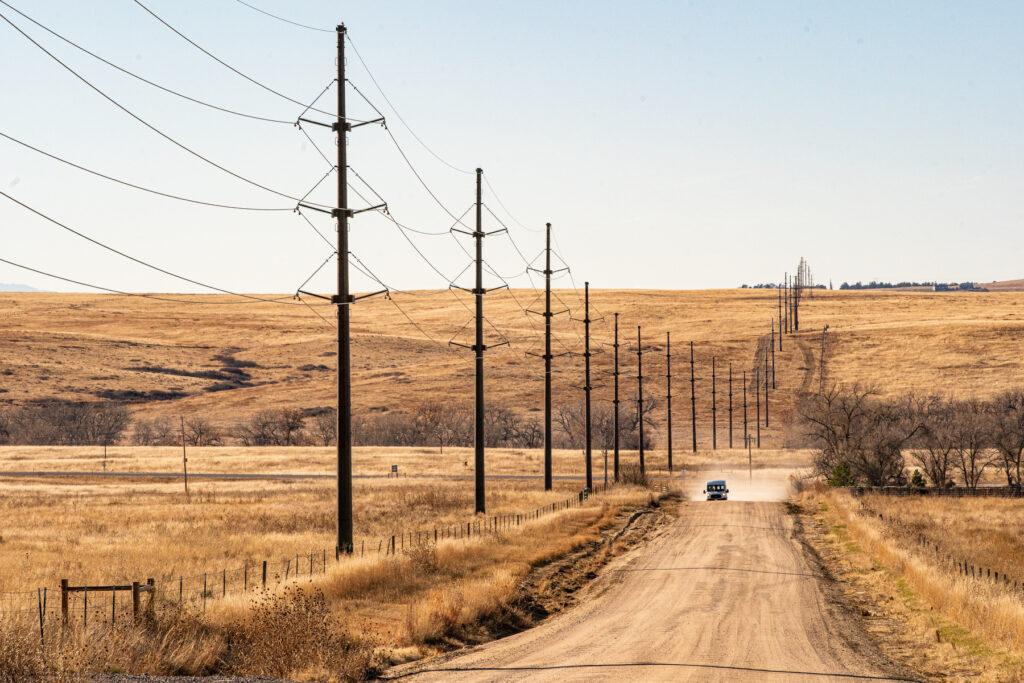
That same sentiment is shared by other Elbert County residents. Kerry Jiblits, a retired teacher, founded the Elbert County Environmental Protection Alliance, a group that has advocated for relocating the planned transmission line route. For the last two years, she has been at the forefront of organizing resistance efforts against Xcel’s Power Pathway project.
“A lot of us out here are ranchers, farmers, landowners, and we're really the first environmentalists,” Jiblits said. “We have to take care of the land because the land is what takes care of us.”
The local concern of Elbert County residents isn’t unique: Across the U.S. local resistance has slowed many states’ push for a clean energy transition, and community opposition is one of the top reasons developers have written off projects over the years.
While other states have passed laws to restrict local control over clean energy projects, lead sponsor of the bill, State Sen. Chris Hansen, D-Denver, said he believes the amended legislation will make Colorado stand out as a leader in the nationwide race to renewable energy.
“There’s been bills like this that have been much more top-down control in other states, and that's led to lawsuits and lots of problems,” he said. “What we are trying to do instead is to show the rest of the country, ‘Hey, here's how we do it.’ We’re working together, bringing together the right experts at the right time, and bolstering local control to really show the rest of the country that [Colorado] can be successful.”
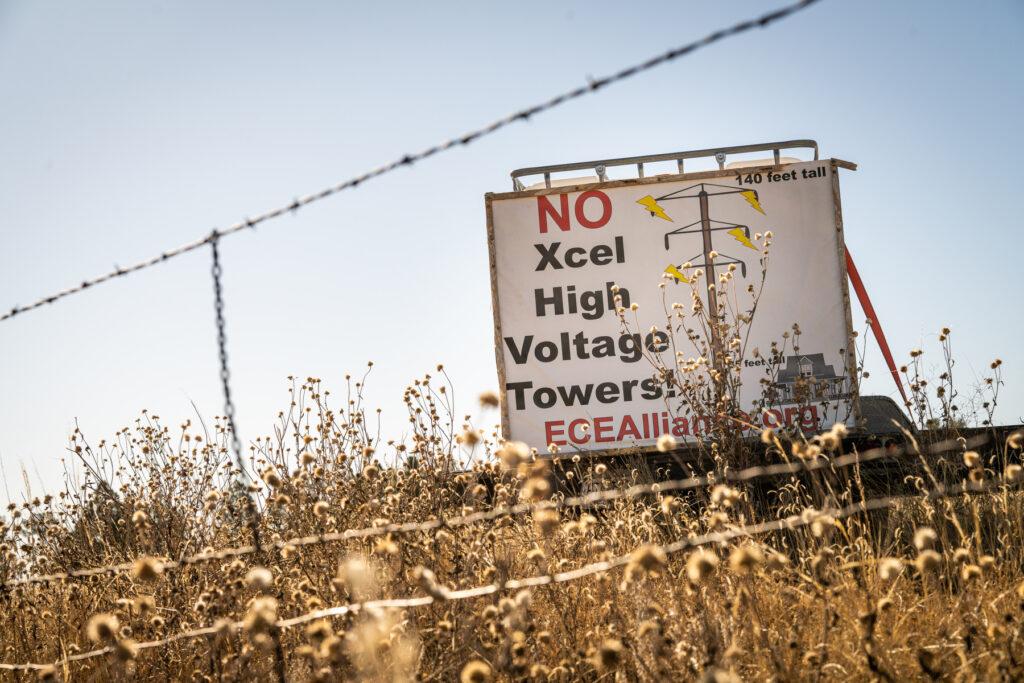
Jibits says the legislation — even though it was amended and scaled back — doesn’t feel cooperative. For her, renewable energy isn’t the problem; Xcel Energy and the state turning a blind eye to her community “all in the name of the greater good” is.
The result, she said, is rural communities feeling like they don’t have a voice suspecting that politicians in Denver want to take advantage of people in eastern Colorado.
“I still don't understand the problem that they're trying to fix with this bill,” she said. “In my mind, this is just step one and I think they will continue to push until they can have full control over land use decisions in all counties.”
For the last year, residents across Elbert County have used every opportunity to demonstrate their opposition to the Power Pathway project.
As a part of the local permitting process to build the towers, Xcel Energy was required to hold community meetings at the county’s fairgrounds. The meetings, which were supposed to be a forum for the utility to answer residents’ questions and concerns, turned into a protest with hundreds of angry landowners.
Residents carried homemade signs and posters that read “No Xcel towers” and “Don’t take our land for your profit.” Some wrote messages against the transmission lines on their cars. Others wore handmade T-shirts that read “We oppose this route”. A few even held up leaflets and signs promoting possible solutions, including moving the project further east and burying the power lines — an impractical and impossibly costly idea, utility representatives say.
Xcel Energy spokesperson Tyler Bryant said the utility added 310 miles of route options outside of the original focus area after receiving public feedback from more than 1,000 attendees from a mix of in-person and virtual open houses in 2021 and 2022.
Bryant said Xcel Energy plans to file for a land use permit in Elbert County in the next few months, but some landowners are still determined to push the utility to find an alternative route.
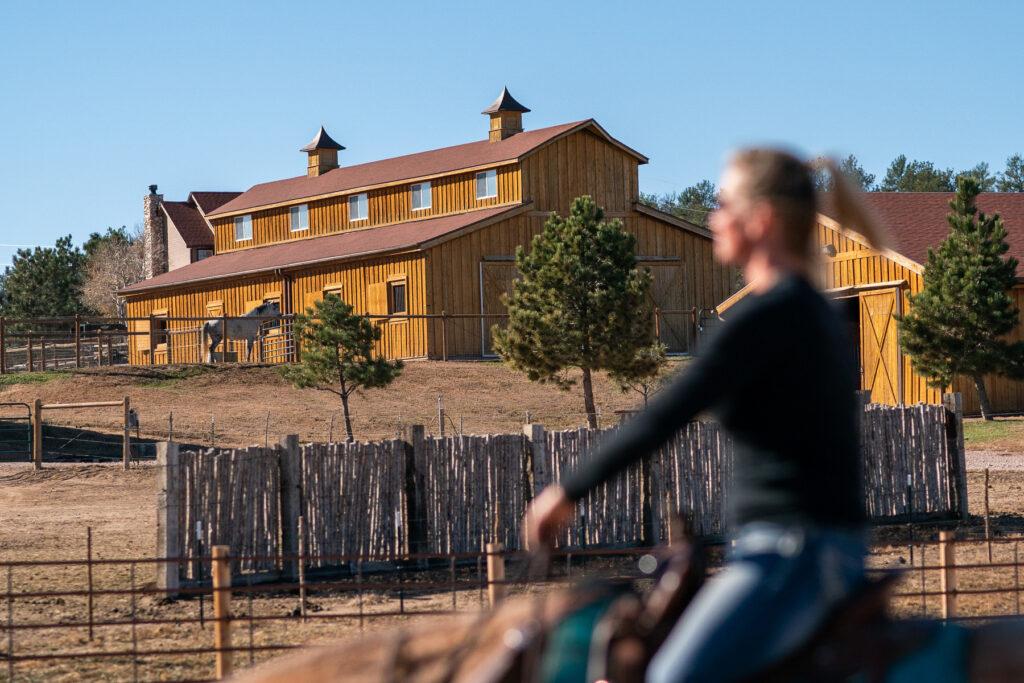
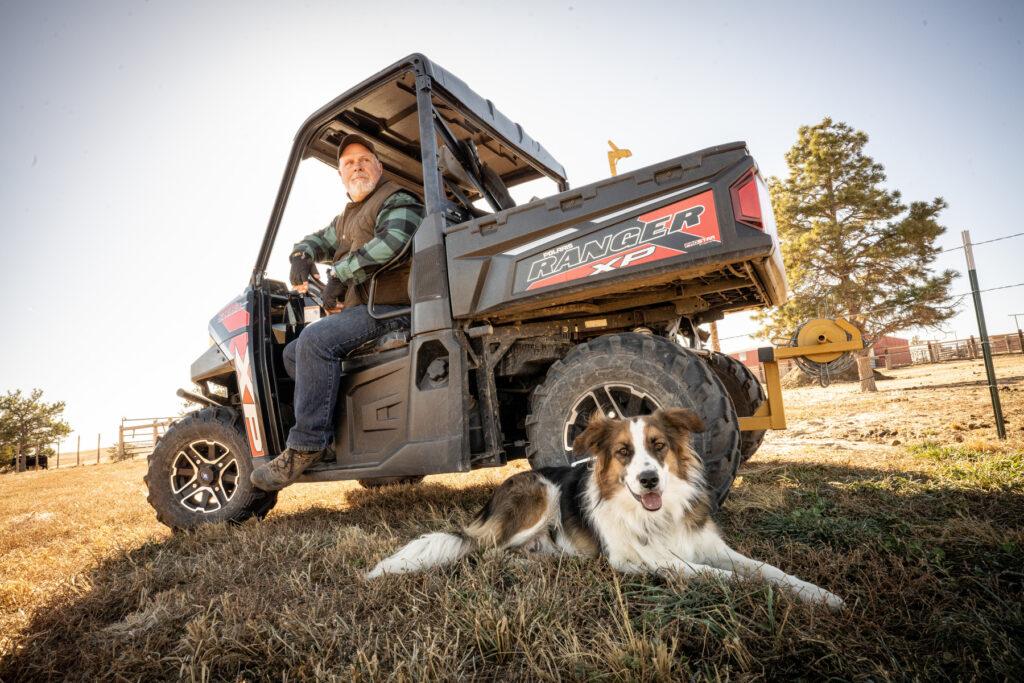
“We're ranchers, everything we do is in our land and is in the livestock that we raise,” said Nicole Ray, who along with her husband Brad, owns a 75-acre horse breeding operation along Xcel’s planned pathway route. “We don't have any fancy retirement accounts. Everything we do and we have is in this land and by Xcel doing this, they're taking that away from us completely. We will have no choice but to just work down to the bone.”
The new legislation requires state agencies to provide technical assistance to local and tribal governments to collaborate on the development of renewable energy projects.
And while local and tribal governments are under no legal obligation to adopt the guidelines, as the state ramps up its clean energy production, Executive Director of the Colorado Energy Office Will Toor said the bill will help Colorado meet its climate goals by encouraging a more amicable process that helps utilities and local governments choose locations and issue permits for renewable energy projects.
“It's very important to have effective siting and permitting processes that both respect community interests and protect local environments,” he said. “But also allow for the efficient siting of the renewable energy that we need for our economy and in order to protect the climate.”
The new legislation only requires state agencies to help local governments determine whether proposed projects protect critical wildlife habitats and create a library of model codes and ordinances for wind, solar, battery and transmission development. Elbert County and other local governments could consider the suggested rules when working with renewable energy developers, but would not be obligated to use them.
Toor said it was written to be responsive to a “desire for more technical assistance from county governments.”
The Colorado Department of Natural Resources and Colorado Energy Office has until June 30, 2025, to develop the code and ordinance library.
“We're not going to proactively go out and tell people what to do,” said Aaron Ray, the assistant director for energy innovation at the Department of Natural Resources. “Our role is to make sure the best information is available to inform those decisions that are made by developers and permitting agencies.”
Editor's note: This story has been corrected and updated to remove an inaccurate reference about Xcel Energy using eminent domain for part of the transmission project's route.





